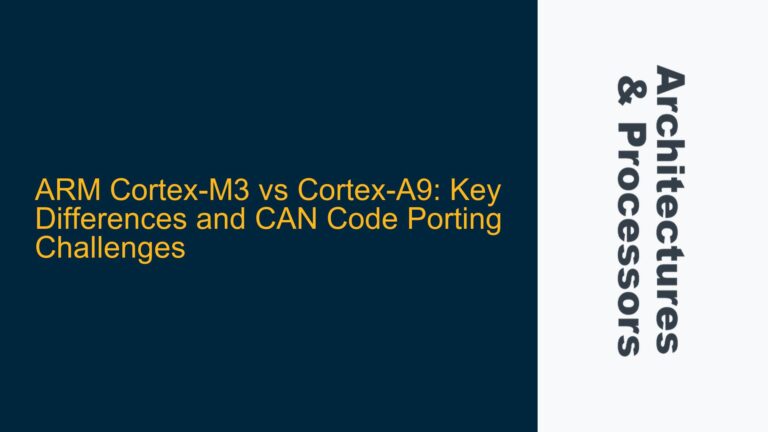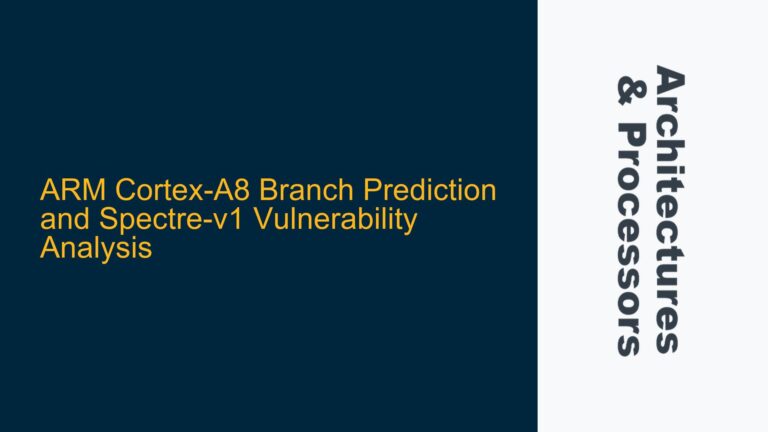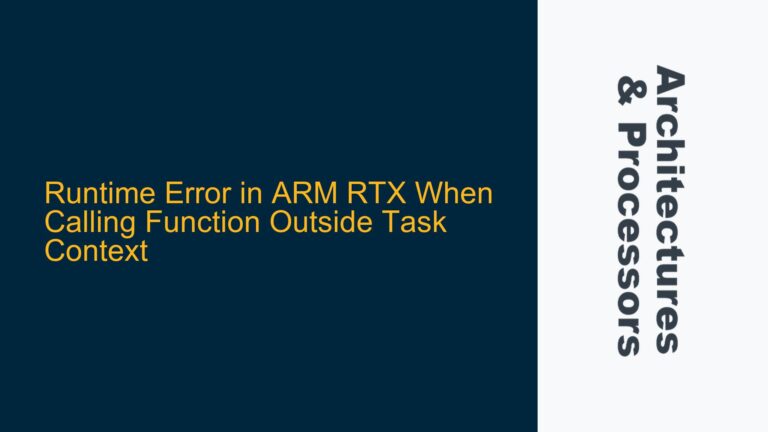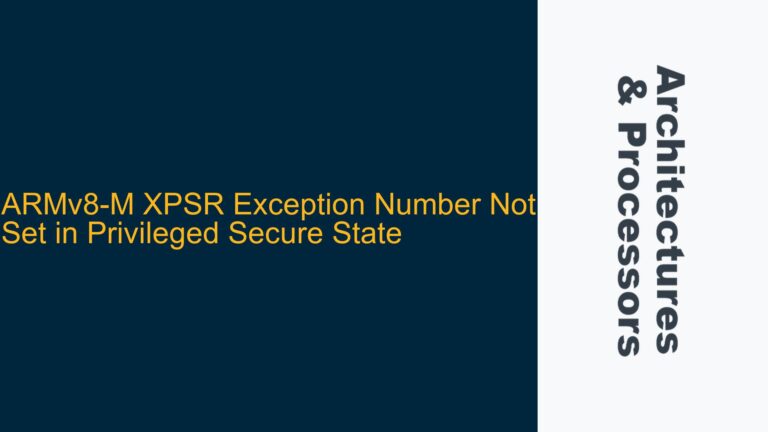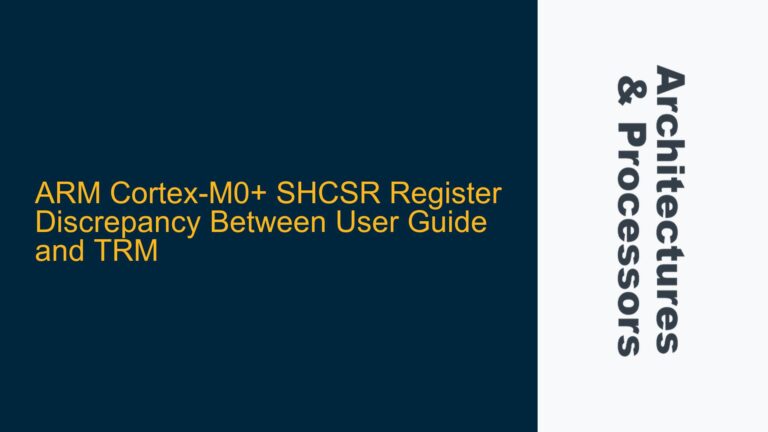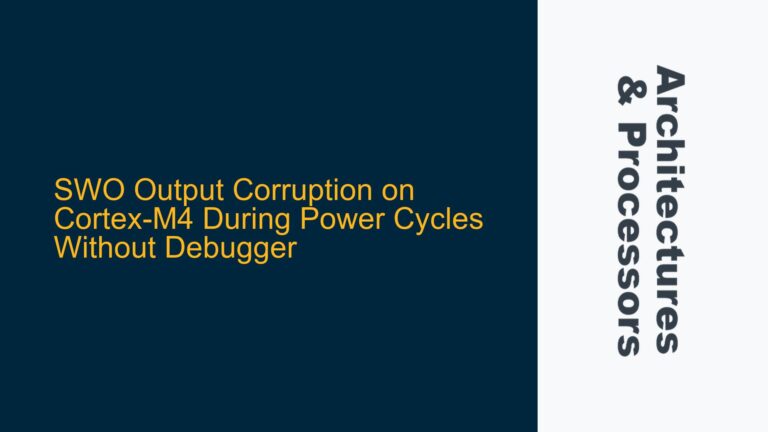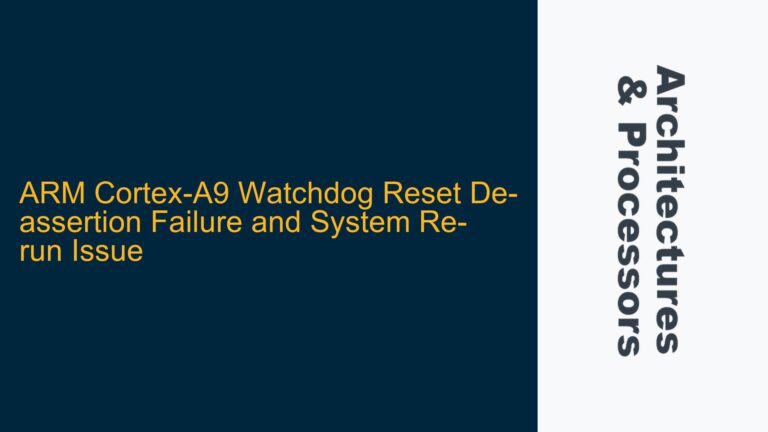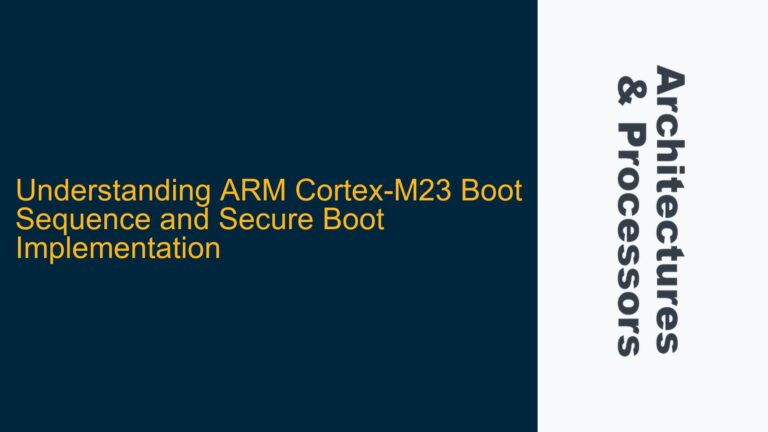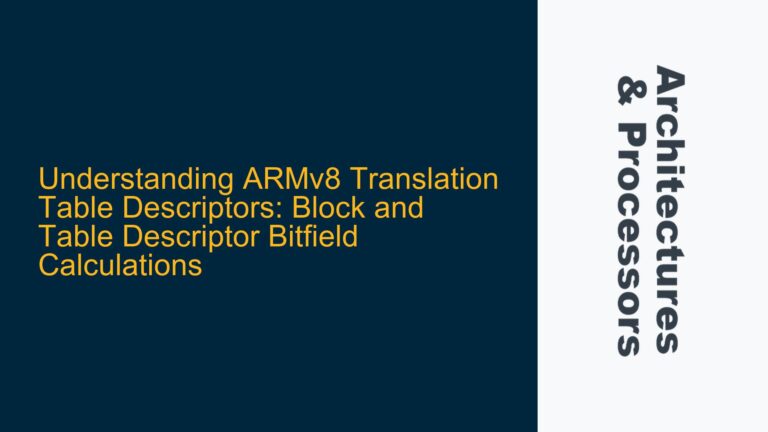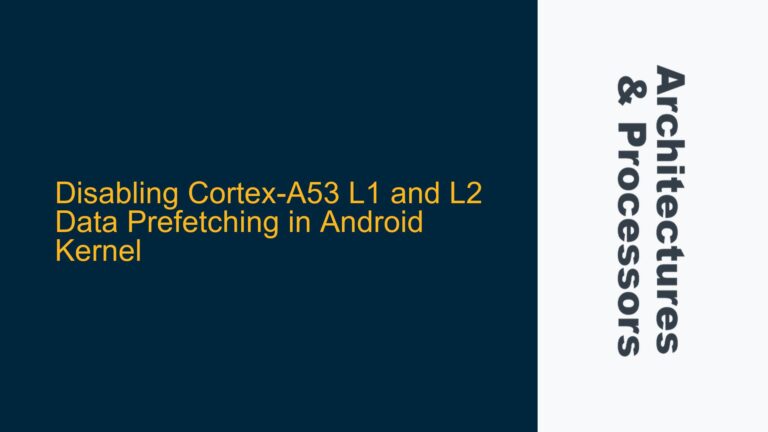ARM Cortex-M3 vs Cortex-A9: Key Differences and CAN Code Porting Challenges
ARM Cortex-M3 and Cortex-A9 Architectural Divergences The ARM Cortex-M3 and Cortex-A9 processors, while both based on the ARMv7 architecture, are designed for fundamentally different use cases, leading to significant architectural differences. The Cortex-M3 is part of the Cortex-M series, which is optimized for microcontroller applications, emphasizing low power consumption, deterministic behavior, and real-time performance. In…
